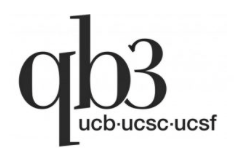Find Us
Address
Li Ka Shing Center for Biomedial and Health Sciences
Hockemeyer Lab, University of California-
Berkeley #3370 Berkeley, CA, 94720-3370
Office: 400B, 4th floor
Lab: 400E, 4th floor
About This Site



© 2021, Hockemeyer Lab. hockemeyer.lab[at]gmail.com
Website by Sofia Theodoras
